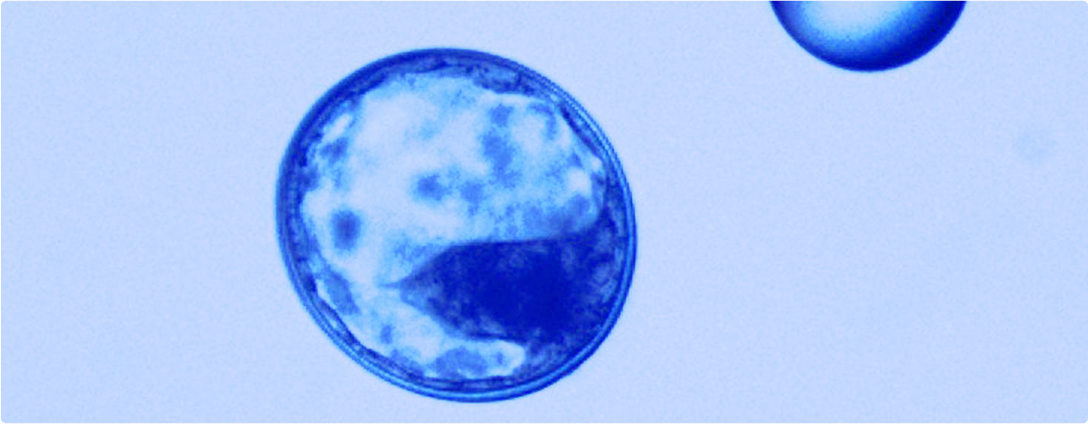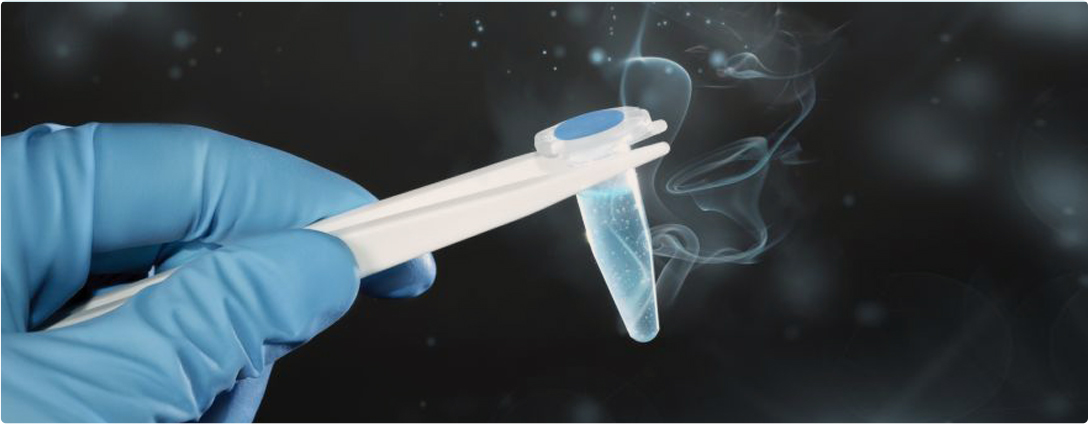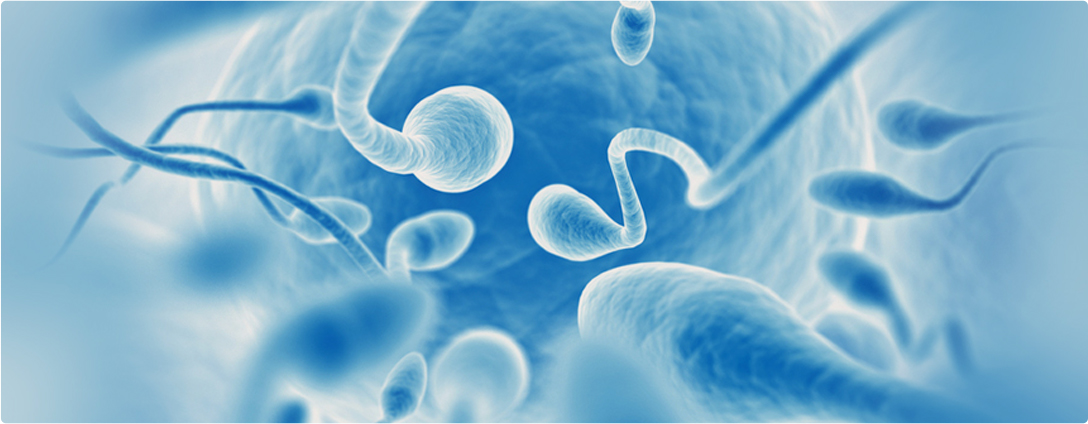Other Treatment & Services
Other Treatment & Services

Embryo Transfer
The Embryo transfer is an important part of the IVF process. Once a healthy sperm sample and a mature egg have been brought together and fertilized within laboratory conditions, they are cultured in a laboratory for five or six days. Blastocyst stage embryo is the stage where the embryo is fully grown and ready to be transferred. There are 60-200 cells in total. Generally, the embryo is born after 5-6 days after raising the embryo after the oocytes are collected. The resulting embryo or embryos are then transferred back to the uterus of the female patient. In order for a pregnancy to occur, this embryo would then have to attach itself to the patient’s womb/uterus wall.
Embryo transfer is needed in a number of different situations. These include ovulation disorders, damage to fallopian tubes, endometriosis, premature ovarian failure, uterine fibroids, genetic disorders, and impaired sperm production.
Embryo Transfer into the uterus is easy and painless. The doctor will insert a very small plastic tube with blastocyst larvae through the cervix into the uterus.
After the embryo transfer, the patient should rest for about 1 hour and after that the patient can go home. There is no need to rest in the hospital. However, during the first 3-4 days of the embryo transfer, the patient should relax as much as possible, avoiding sweating, lifting heavy things, walking a lot, and refraining from strenuous exercise but able to walk up and down the stairs. The patient can normally take a shower, shower in the bathroom, drive as necessary but should be minimal and refrain from traveling during this period but there is no need to lay in the bed all times.
Practice after Embryo Transfer
• Can travel by plane
• Do not have sexual intercourse and not to wash the vagina after embryo transfer.
• Do not exercise too heavy such as mountain climbing, marathon, tennis, etc.
• Do not take medication other than doctor’s orders or in case of doubt, please consult a doctor before taking any medicine.

Freezing : Oocyte, Sperm, Embryos
The freezing process is used within fertility treatments to ensure that samples can be used successfully at a later date. Freezing oocyte, sperm, and embryos can preserve the samples, allowing people to use them later in family planning.
Freezing oocyte involves a female patient having her eggs collected and frozen, while sperm freezing refers to the same process for men and semen samples.
However, patients can also go through the IVF treatment and have their egg/sperm fertilized into a healthy embryo before the freezing process too. This ensures that, when they reach a point in the future in which they would like to conceive, they have the healthiest possible embryo available, no matter their age.
Oocyte Freezing:
This is to take the oocytes from the ovaries and then freeze them. This process will not damage the cells. The oocytes can be stored for many years. If the patient would like to be pregnant, the frozen oocytes will be mixed with sperm and inserted into the uterus. In addition, the oocyte freezing for future use has medical reasons or it is to increase the chances of getting pregnant at an appropriate time because as women get older, the number of oocytes and the quality is decreasing and consequently leading to infertility or at risk of having abnormal chromosome children. This increases the chance of miscarriage. Therefore, if the oocytes are frozen in an appropriate age, the oocytes are in a good quality and in the right amount. This helps increase the chances of having a normal child when the parents are ready.
The freezing of a patient’s eggs is a method used in order to preserve fertility. This is often done so that she can conceive a child at a later time. The process involves a female patient having her eggs collected by a specialist, before they are frozen and then thawed in the future whenever they are needed for fertility treatment. The natural chances of conceiving a child decrease when a woman reaches a certain age and her egg count may also drop. Freezing eggs at an earlier date ensures that those used in fertility treatments are of the highest quality possible, thus increasing the chances of successfully conceiving.
Sperm Freezing:
The sperms are frozen and stored in a liquid nitrogen tank. They can be stored for over 10 years. This is a service for the male who wish to be sterilized but at the same time would like to keep some sperms. In case of wishing to have a child in the future or need to be treated for a certain diseases that affect the reproductive system, such as cancer treatment by radiation, chemotherapy, etc., or some people are unable to collect sperm on the day of injection or to collect oocytes, so they can come to collect sperm and freeze them in advance.
Embryos Freezing:
Only 1-2 embryos are chosen to be transferred. The remaining embryos are frozen in liquid nitrogen in order to keep it for future use but if wanting to use that embryo, it will be thaw and put back into the uterus again by embryo transfer process.

TESE/PESA
TESE refers to the process of Testicular Sperm Extraction, while PESA is the process of Percutaneous Epididymal Sperm Aspiration. They are both sperm extraction techniques used within the ICSI and IVF procedures, designed to extract sperm from a man suffering from azoospermia. This is when the male patient does not have any sperm within his ejaculate sample, so it has to be extracted surgically. In the PESA treatment, a small needle is used to take fluid from the epididymis. In the TESE treatment, the testicle is surgically opened in order to extract a tissue sample and sperm. Each occurs under local and general anaesthetic respectively.
Surgical Sperm Harvesting (TESE/PESA)
Surgical Sperm Harvesting is another way to treat infertility which is the operation or suction of the sperm from the testicles or the vas deferens instead of sperm being removed naturally. Surgical Sperm Harvesting is to help men with little or no sperm which is caused by blockage of the vas deferens, lack of sperm duct, blockage of the sperm collecting tubes that is connected with the vas deferens that mostly produce strong sperm in the testicles, so we can get the sperms by the surgery. Some men have testicles but cannot produce sperm at all, then in this case the Surgical Sperm Harvesting can not be performed.
• Percutaneous Epididymal Sperm Aspiration (PESA) is the use of a needle to pierce the testicle into the seminal vesicle and slowly harvest the sperms.
• Teasticula Biopsy Sperm Extraction (TESE) is a surgery to remove some testicles and separate the sperms in the testicles.




























